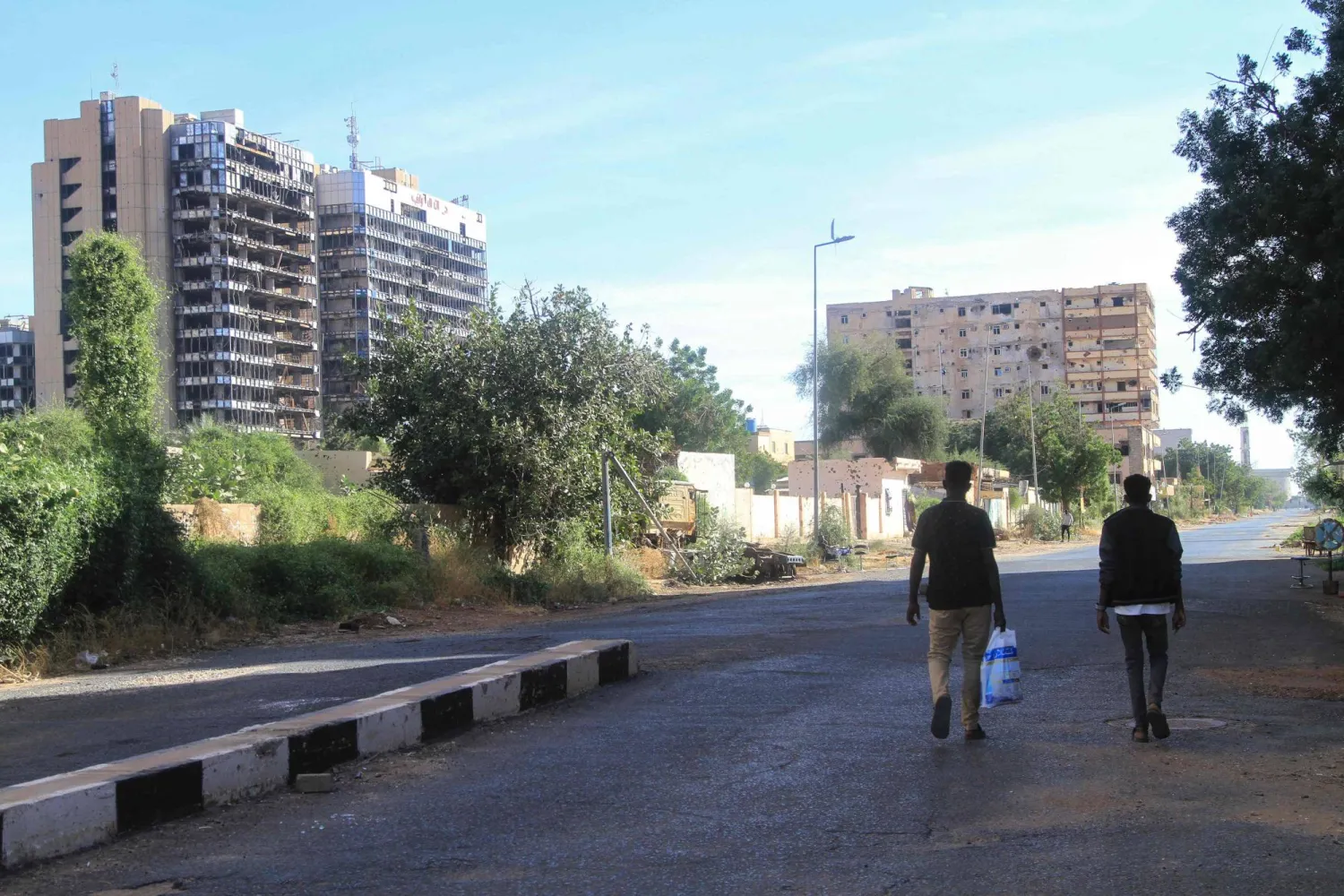Egypt’s General Intelligence Chief Major General Abbas Kamel and Minister of Foreign Affairs and Migration Dr. Badr Abdelatty visited the Eritrean capital, Asmara, on Saturday as part of Cairo’s efforts to expand its influence in the Horn of Africa and address regional crises amid growing tensions with Ethiopia.
Experts speaking to Asharq Al-Awsat described the move as a “strategic step with significant political and security implications.”
During their visit, the Egyptian officials met with Eritrean President Isaias Afwerki and conveyed a message from President Abdel Fattah El-Sisi that focused on strengthening bilateral relations across various fields and assessing political and security developments in the region, according to an official statement from Egypt’s Ministry of Foreign Affairs.
Egypt and Eritrea agreed on the “need to intensify efforts and continue consultations to achieve stability in Sudan, support national state institutions, and preserve Somalia’s unity and sovereignty,” the ministry said.
Afwerki, for his part, shared his perspective on developments in the Red Sea, stressing the importance of restoring normal maritime navigation and facilitating international trade through the Bab el-Mandeb Strait.
He also addressed regional challenges and security concerns in the Horn of Africa, calling for boosting cooperation to promote stability.
The visit comes amid escalating tensions between Egypt and Somalia on one side, and Ethiopia on the other. Earlier this year, Ethiopia signed an agreement with Somaliland, a self-declared independent region, allowing it to use Somaliland’s Red Sea coastline for commercial and military purposes. The deal, strongly opposed by Somalia, has added to the tensions. In response, Cairo signed a joint defense agreement with Mogadishu.
Tensions rose further in late August when Somalia announced the arrival of Egyptian military equipment and delegations in Mogadishu as part of Egypt’s participation in peacekeeping operations. Ethiopia, opposed the move, warning that it “would not stand by idly.”
Ambassador Salah Halima, Deputy Chairman of the Egyptian Council for African Affairs, emphasized the security and political significance of the visit to Eritrea, noting that it aimed to strengthen Egypt’s presence in the Horn of Africa and coordinate efforts with Asmara to achieve security and stability in the region.
He highlighted the importance of addressing the ongoing Red Sea navigation crisis, the situation in Sudan, and the growing tensions between Somalia and Ethiopia.
According to Halima, the security and political coordination between Cairo and Asmara is primarily aimed at countering Ethiopia’s recent actions, which are seen as a threat to the stability of the Horn of Africa. He specifically underlined Ethiopia’s agreement with Somaliland, which has been rejected by Egypt and the broader Arab world.
Dr. Amani El-Tawil, Director of the African Program at the Al-Ahram Center for Political and Strategic Studies, agreed, stating that Egypt’s outreach to Eritrea is a natural response to Ethiopia’s policies, which undermine Somalia’s sovereignty and pose a broader security threat to the Horn of Africa.
She emphasized that the visit is crucial for strengthening Egypt’s presence in the region and coordinating responses to Ethiopia’s confrontational approach.
El-Tawil also underscored the strategic importance of the Bab el-Mandeb Strait for Egypt’s national security, noting its significant impact on the country’s economy and maritime traffic in the Red Sea.
Tensions in the Red Sea have also escalated in recent months, particularly after Yemen’s Iran-backed Houthi militias targeted ships passing through the maritime corridor in response to Israel’s military operations in Gaza. These attacks prompted global shipping companies to reroute their vessels away from the Red Sea, affecting global trade and leading to a decline in Egypt’s Suez Canal revenues.
In August, Sisi met with Eritrean Foreign Minister Osman Saleh to discuss regional security, with a focus on the challenges facing the Horn of Africa and the Red Sea. Both leaders reaffirmed their commitment to ongoing cooperation and consultations at all levels to support peace and stability in the region, according to an official statement from the Egyptian presidency.









